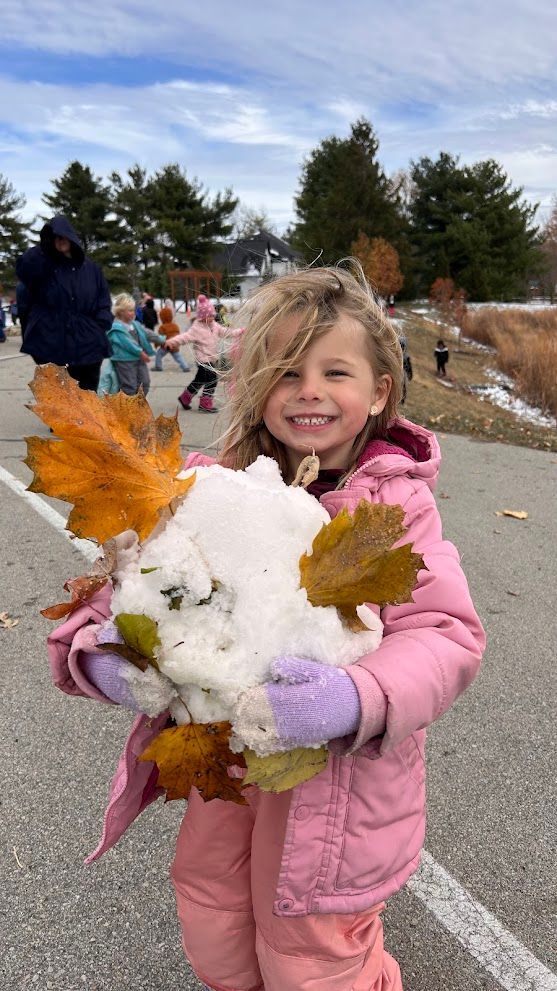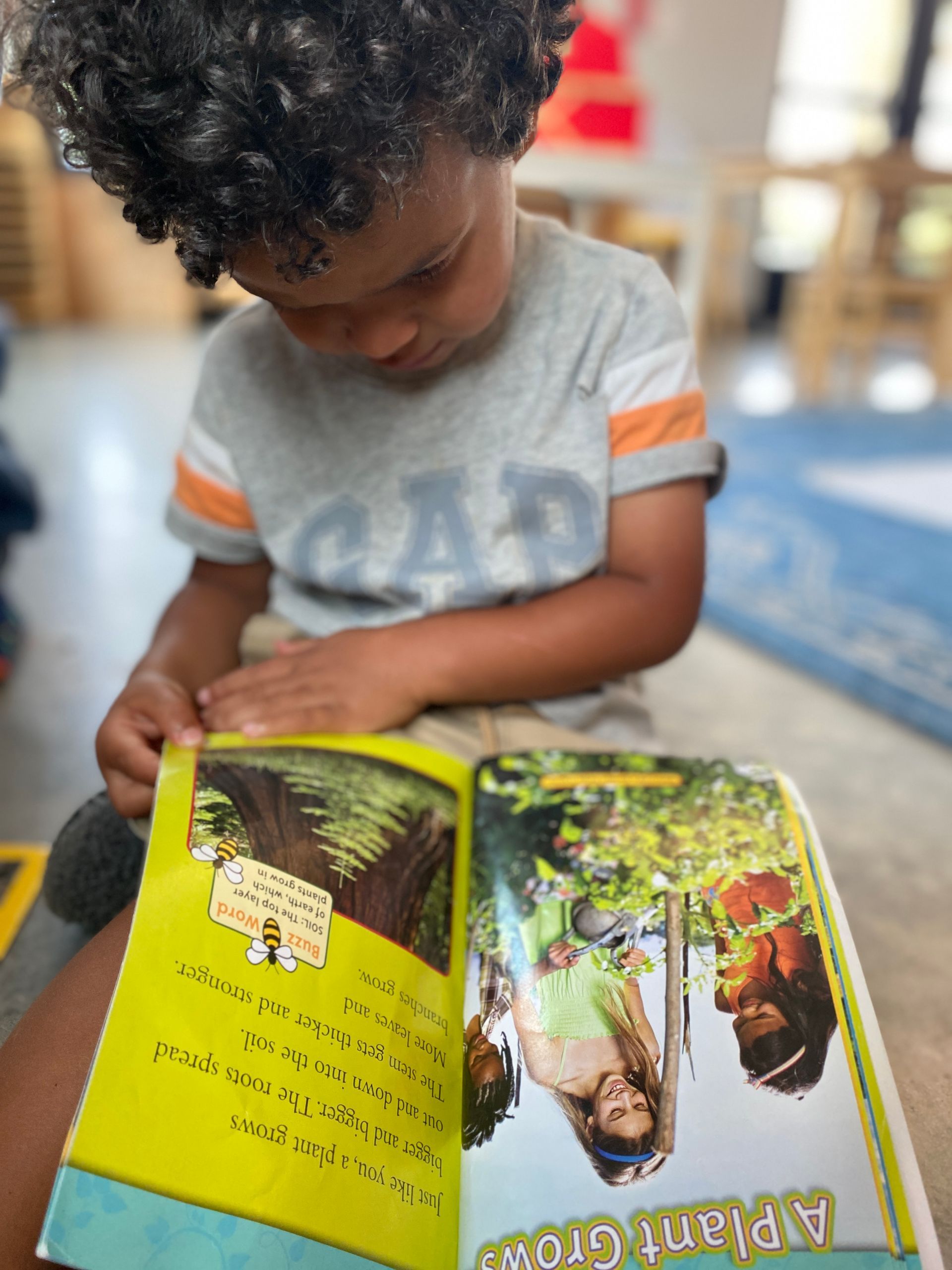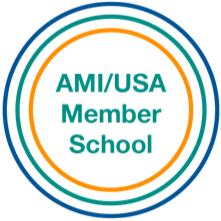HOW DOES MY CHILD LEARN TO READ?
Montessori takes a methodical yet natural process to help your children learn to read. Here are our basic steps in the classroom:
- Sound Game s
- Sandpaper Letters
- Moveable Alphabet
- Object Box #1
- Puzzle Words
- Object Box #2
- The Function of Words
- Word Study
- Reading Analysis
Reading begins with sounds. Once the child has been talking and has an increase of their vocabulary, we introduce many different sound games. First, we play simple games of “I Spy.” Instead of looking for colors or objects we hunt for the sounds we ‘hear’ in words related to specific objects in front of us. We start with hearing the beginning sounds, then ending sounds and finally middle sounds in words. When your child shows some mastery with this game, we move to the introduction of Sandpaper Letters. Sandpaper L etters allow the child to see the graphic symbol of the letter sound and we associate the sound to the symbol. A few important notes with the SP letters:
- They are in lowercase cursive .
- We introduce the sound rather than the name of the letter (so the letter ‘m’ is pronounced as ‘mmmm’ not ‘em’ ) .
- They are given in a three-period lesson—three letters demonstrated at one time to increase memorization .
- The ‘tracing’ of each sound h elps to commit to long-term mem or y but also increases muscle mem ory for writing .
If you are practicing sounds with your children at home (and we hope you are!), please emphasize only the lowercase alphabet. Most children see many letters in uppercase print and if you think ab o ut the different sets of letters: lowercase cursive and print; uppercase cursive and print, that is 4 different ‘sets’ of letters children are learni n g. Just focus on one set at a time , preferably lowercase cursive . This will increase their mem orization and ease of knowing the ‘sounds.’
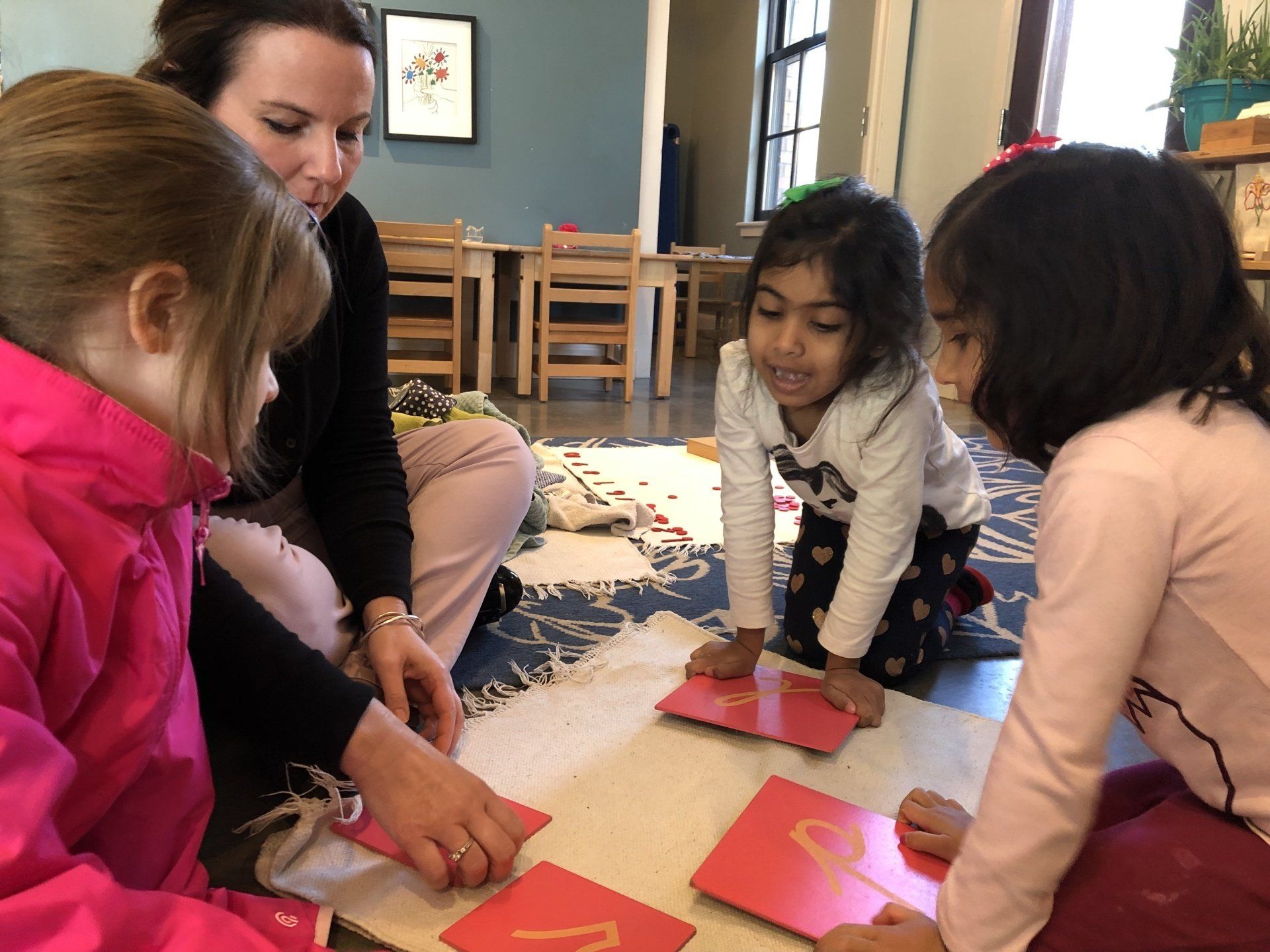
When the children know a good portion of sounds ( perhaps 10 consonants and all the vowels), we progress to the Movable Alphabet . This is not only a crucial step on the path to reading, but also a key component of the thought process of ‘writing.’ The Movable Alphabet allows your child the opportunity to analyze sounds in words . The Moveable Alphabet encourages the child to write, using the sounds that she knows. We are very clear in using the term write , rather than spell , because writing is what the focus is on, not spelling. Words that are written with the Moveable Alphabet are never corrected.
Since the words have come from the child, she is more likely to attempt to read them back usually before she begins any other form of phonetic reading work. The Moveable Alphabet teaches the child that she can express herself through written language. Its beauty is that the cumbersome mechanics of writing and the parameters of proper spelling are not present, so that the child is free to truly express her ideas without criticism or obstacle. Spoken language and written language are both important aspects of reading.
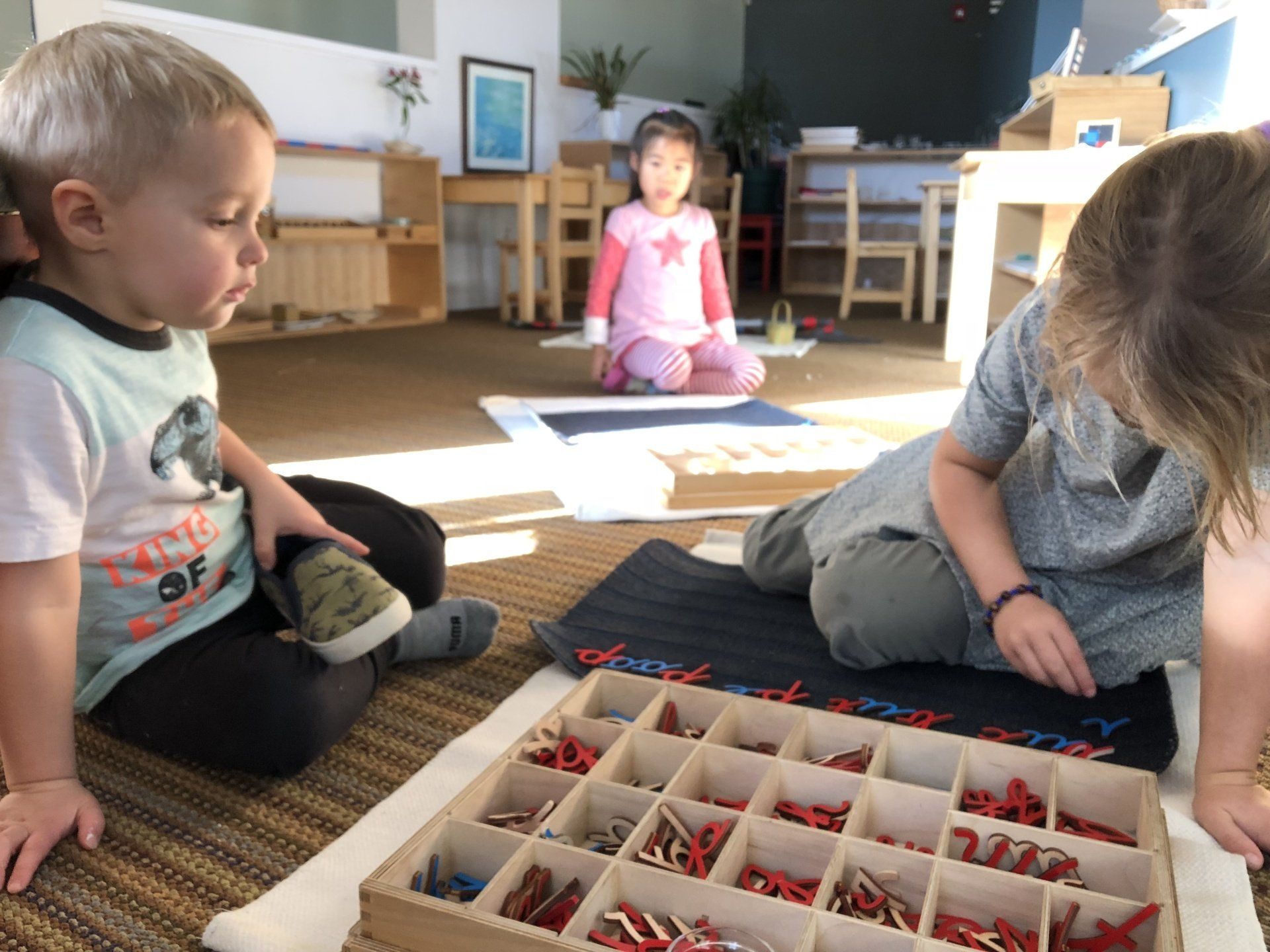
Phonetic reading is introduced next with Object Box #1 . While there are not many all phonetic words in our language, it is still important your child ’s brain sees how to blend the simple sounds together to form a word. This process is key to all later ‘reading.’
Puzzle Words are the sight words. These words we tell the children are like a puzzle. We just figure them out by memorizing them. We send the list of puzzle words home to help aide in their memor ization. (See note below at how often puzzle words are in even the simplest of books.)
Phonograms —these are all the irregular sounds in the English language . We all know there is more irregular than regular in English, so this is an important component to reading .
When the children have a strong foundation of these three pieces: phonetic reading, puzzle words and phonograms, the reading generally starts to take off. All children have the lightbulb go off in their brain at different times . I t’s the moment when the child’s brain fuses all of these steps together and you actually feel like your child is reading. This is the most thrilling moment and yet the reading doesn’t stop there. You’ll keep adding the next level of words, vocabulary, sentences and books to read and further extend your child’s reading ability and comprehension. In the meantime, keep practicing the sounds with your children!
Bob Books:
Set 1, Book 4
(puzzle words highlighted in blue)
Mac
Mac had a bag.
The bag had a dog.
Mac had a bag and a dog.
Mag had a rag.
Mac can tag Mag.
Mac got the rag.
Mac sat on the rag.
Mag sat on the bag.
The End

